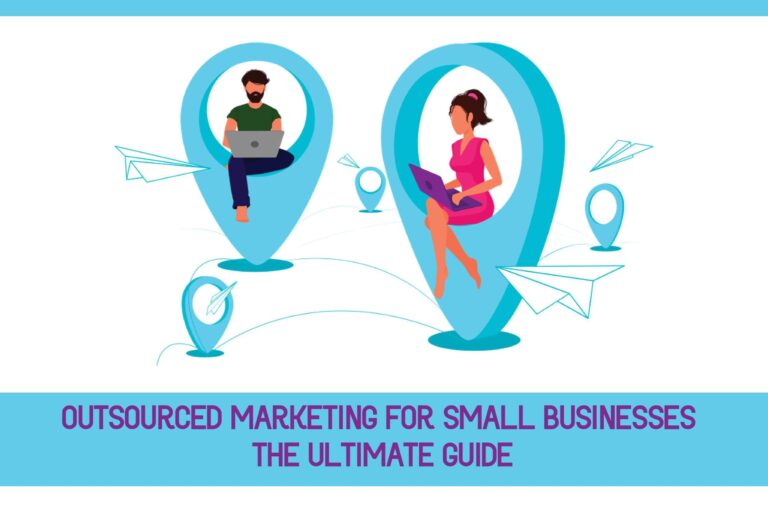TABLE OF CONTENTS
For small businesses, it’s imperative to have an SEO strategy in place. Without a plan, you’ll be at the mercy of any algorithm changes that Google makes. Not just for SEO, but also all digital marketing channels have many advantages for small businesses when they implemented with a plan. That’s why you must have some plan in place before building your site or redesigning it. Did you know that infographics might help you?
The good news is there are many infographics about SEO available on the internet today! In this blog post, you can find a collection of infographics about SEO created by SEMrush experts.
Pro Tip: To have all of the infographics in one spot, add this blog to your “Bookmarks”.
Legal Disclaimer: All infographics are published by SEMrush, and this blog is just a collection of them. You can click on the infographics to see the original infographics from SEMrush.
1) How to Learn Your Organic Competitors?
Small businesses need to check organic competitors because it helps them understand what they need to do to stay ahead of the competition. A search engine is like a war zone, and each website must compete for the rewards of high-quality traffic. To evaluate and compare your performance to that of your rivals, you must first recognize your competitors. Here is the infographic about “Your First SEO Competitor Analysis” below.
2) How to do Keyword Research First Time?
Keyword research is an essential part of SEO which allows you to understand what people are searching for on the internet. As a small business owner, you must use this information to your advantage and create content that appeals to your target audience.
When you optimize your website for search engine results pages (SERPs), you’ll improve its ranking and, as a result, the amount of traffic it receives. It’s also critical to pick the appropriate keywords to boost your domain’s performance on SERP and drive relevant visitors. You can find the “Doing Keyword Research for the First Time” infographic below.
3) How to do Local SEO and create Google My Business?
Local SEO marketing is a must-to-do for small-scaled companies since they need to grow and become successful in their communities. Local businesses will achieve more success and growth if they figure out what people in their local area are looking for when searching online. Creating a Google My Business is also one of the most effective digital marketing tips.
Then they can create content that will rank better on the search engine results pages (SERPs) and drive more traffic to them. The occurrence of the phrase “near me” in search queries has risen significantly, making local SEO even more essential than ever. Check “The Ultimate Local SEO Checklist” here.
4) How to do a Site Audit for a New Website?
A site audit is a detailed examination of a website. This process includes critical functions such as design, development, and content. As an entrepreneur, you must execute your first site audit after you have created your website for free.
The overall site audit might be broken down into On-Page SEO, Off-Page SEO, Technical SEO, and User Experience. Every part of the ecosystem has equal importance, and small firms must be concerned with each aspect. This checklist, “Your First Site Audit” will be your guideline for this process.
5) How to do Technical SEO Audit?
Technical SEO is a process of improving those aspects of a website that affect how it performs in organic search results. It is impossible to grow your website’s SEO performance without maintaining the technical side. Large corporations have dedicated Technical SEO teams that work with the website builders to improve search engine rankings.
You might not be familiar with some of the terminologies since this aspect is very technical and directly related to developers. In any case, you might get some help from Technical SEO experts to maintain your website’s performance. By following this infographic about “Your First Technical SEO Audit“, you can learn more about it.
6) How to do Backlink Audit?
The backlink audit is a method for analyzing the internet on your website. This audit is done by using link analysis on your website or other websites. The tool provides you with information about the number of links pointing to your site, how many are text, how many are images, anchor text, and more.
To avoid any negative backlinks, each firm should check its backlinks regularly. Backlinks are also helpful in terms of ranking your website higher on search engine results pages (SERPs). In this infographic “Doing a Backlink Audit for the First Time” you can find more.
7) Which Tools do you need to Create Content For Free?
Content marketing has become essential to an organization’s growth and success. To create a positive brand image in this competitive climate, companies need quality content that will engage their audience while also providing them with valuable information when browsing online or on social media.
You should produce valuable content for your consumers, yet the expense may not be as you assume. There are free tools as well as paid ones (with a low price tag) that can help you discover the ideal subject and write it down quickly. Check this infographic “Best Content Tools and Resources: Free and Paid” to learn more about them.
8) How to Create SEO Friendly Content?
The content is KING, it never changes. However, even if you have a fantastic content concept, without adding relevant keywords to it and optimizing SEO, you won’t be able to profit. Small companies usually do not have enough time or personnel to generate a lot of content in a short time, thus the quality of the material becomes increasingly important.
Creating SEO-Friendly content is a time-consuming process that includes keyword research, a study of the competition, structuring your site, and more. Here is an infographic about “9 Steps to Creating SEO-Friendly Content” that you will use each time you create content.
9) How to Create Listicle Content?
The listicle is a portmanteau word from ‘list’ and ‘article’. One main characteristic of listicles is the use of numbered points in the style of a bullet, which might be in a logical sequence or not. In any event, the listicle format is a fantastic method to communicate your ideas.
Small companies should be creative in their content while also keeping it simple. Creating a listicle is significantly quicker than producing a long and dull article. The “Listicle Template” infographic is great for entrepreneurs and post-writers.
10) How to Design Landing Page?
Landing pages are an essential component in any online marketing strategy. Successful conversion rates depend on people finding useful, relevant information. They will want to do business with you if they find out what you do and like it.
A visitor’s first impression of your landing page is formed by the order in which you present information. The conversion rate of your landing page is determined by how well is designed. The simplest explanation for the “Anatomy of a Landing Page” infographic is as follows.
11) How to do SEO Overall?
The last but not the least infographic is for “The only SEO checklist you will need in 2021“.
As you can see, SEO is made up of several distinct elements that may be time-consuming for small firms. Because not all businesses have enough time to develop, maintain, and track their websites’ SEO performance, hiring the services of a digital marketing firm is critical. Contact us now to learn more about how we can make your website better!
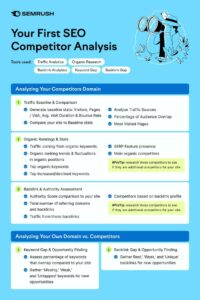
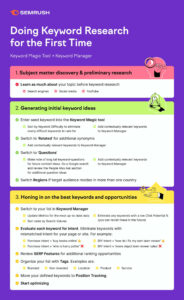
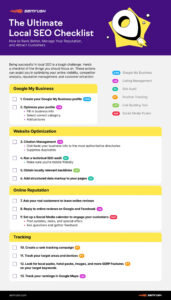
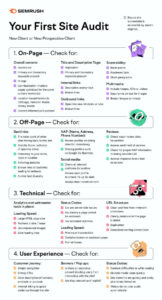
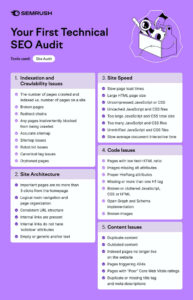
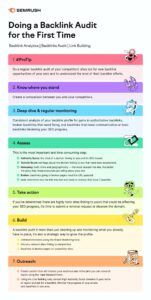

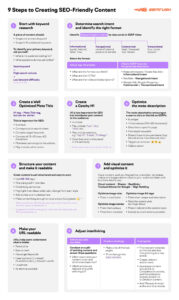
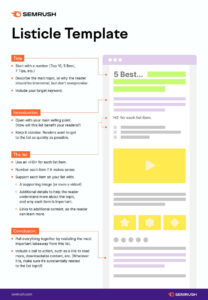

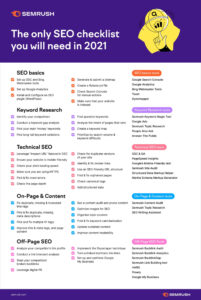
![Ultimate SEO Guide for Shopify App Listing [2023]](https://marganics.com/wp-content/uploads/2022/10/Ultimate-SEO-guide-for-shopify-app-hero-image-768x512.jpg)

